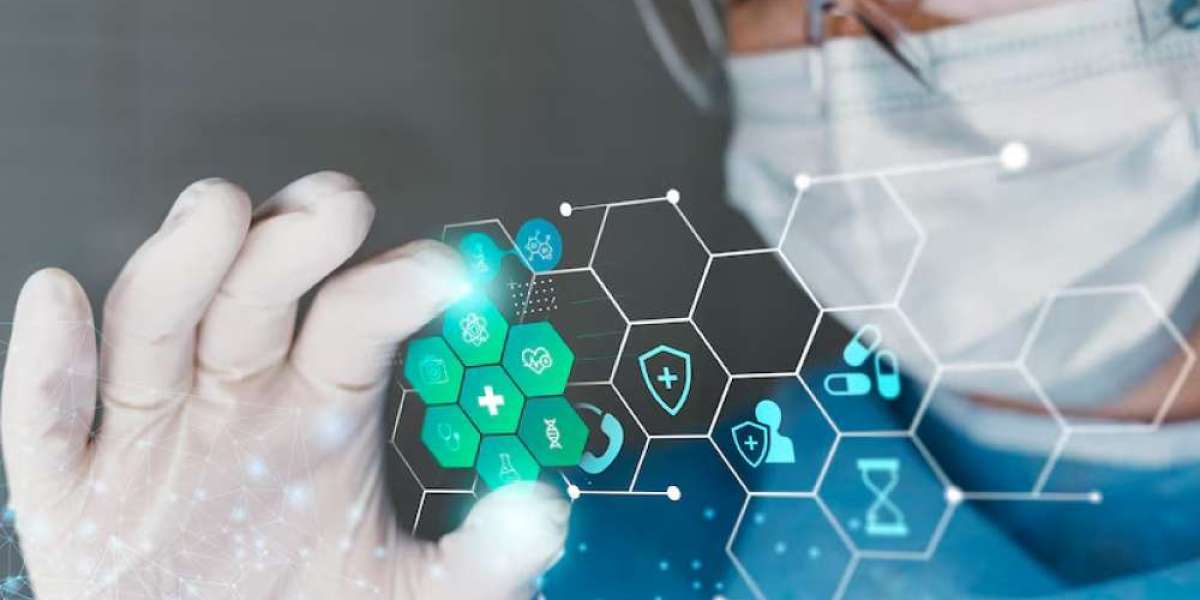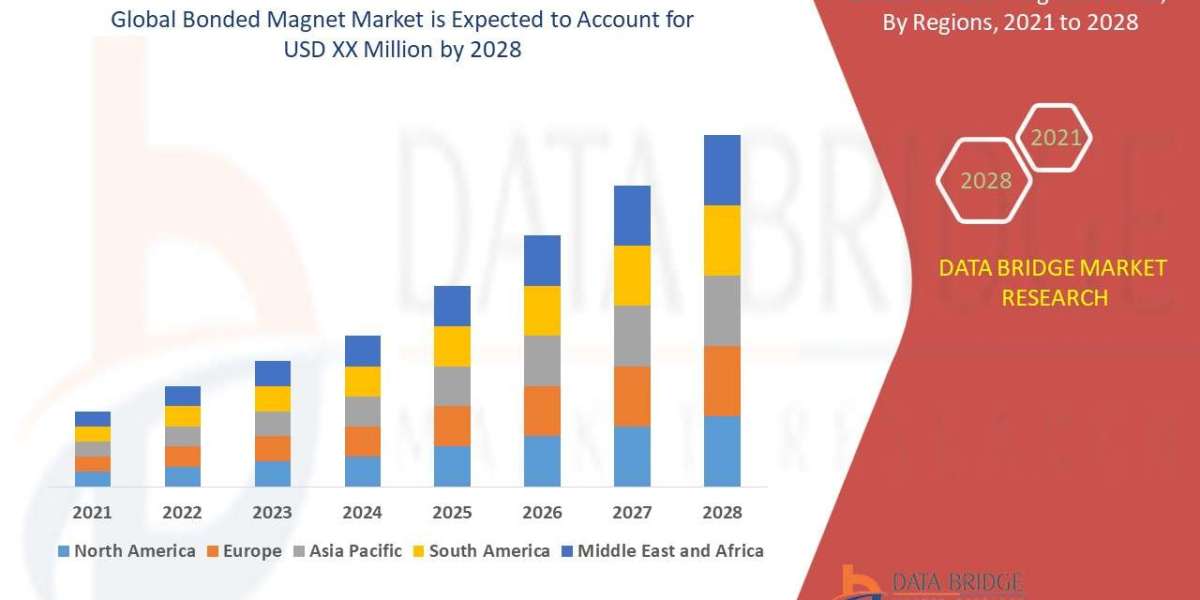Beyond the Smile: How Dental Obturators Are Restoring Confidence in 2025
When we talk about dental devices, most people think of braces, dentures, or implants. But there's a lesser-known hero in the world of oral rehabilitation — dental obturators. These custom prosthetic devices are changing lives, especially for individuals who have experienced maxillofacial trauma, congenital defects like cleft palates, or surgeries related to oral cancers. In 2025, with new advancements and growing awareness, dental obturators are not just functional tools; they’re key to restoring dignity and self-confidence.
What is a Dental Obturator?
A dental obturator is essentially a prosthetic device that closes an abnormal opening between the oral and nasal cavities. This could be due to surgical removal of tumors, trauma, or congenital conditions. By sealing this opening, the obturator allows patients to eat, speak, and breathe more comfortably.
But beyond just restoring physical function, these devices often become a psychological anchor, giving patients the ability to participate in everyday social interactions without fear of judgment or embarrassment.
The Confidence Factor: Why It’s More Than Just a Medical Device
In 2025, healthcare has started to embrace the holistic well-being of patients more seriously. It’s not just about survival anymore—it’s about quality of life. For patients who have undergone oral surgeries, the inability to speak clearly or chew food can deeply affect mental health.
Dental obturators help bridge that gap. They are discreet, often custom-designed to match the individual’s oral anatomy, and help restore facial contours. This contributes enormously to a person’s self-image and confidence, especially when returning to work or resuming social lives post-treatment.
Technological Advances Driving Better Outcomes
The world of dental obturators has seen a surge in 3D scanning and printing. In 2025, patients are benefiting from:
Faster turnaround times for custom-fitted obturators
Biocompatible materials that reduce irritation and increase comfort
Digital workflows that allow better pre-surgical planning
Lightweight and flexible designs that improve daily wearability
These advancements mean patients no longer have to suffer through painful fittings or multiple adjustment appointments. The fit is more accurate from the start, and customization is on an entirely new level.
Real People, Real Stories
Take the story of Rita, a 46-year-old oral cancer survivor from Pune. After undergoing maxillectomy, she struggled to eat and speak. “I couldn’t even sip water without it spilling out,” she shared. The dental obturator fitted at her local clinic changed that. “The first time I smiled after surgery without covering my face, I cried. It was a small thing, but to me, it meant the world.”
Stories like Rita’s are not rare. Dentists and maxillofacial surgeons across the globe are seeing similar life-changing results in patients who previously felt isolated and helpless.
A Growing Awareness Among Dental Professionals
Another noteworthy shift in 2025 is how dental professionals approach obturator therapy. More clinics now include psychosocial support as part of the rehabilitation process. Speech therapy, dietary guidance, and mental health counseling are being offered alongside the fitting of obturators to ensure a comprehensive recovery.
Additionally, insurance providers are starting to recognize the role of dental obturators in post-surgical recovery, which has improved accessibility for many patients.
Looking Ahead: The Future of Dental Obturators
As we move forward, the line between functionality and aesthetic appeal continues to blur. Dental obturators are not just life-enabling — they’re life-enhancing. In the coming years, expect to see even more integration with AI-driven customization, bio-integrative materials that adapt to tissue changes, and improved public awareness campaigns.
The ultimate goal is simple: no one should have to choose between healing and hiding.



